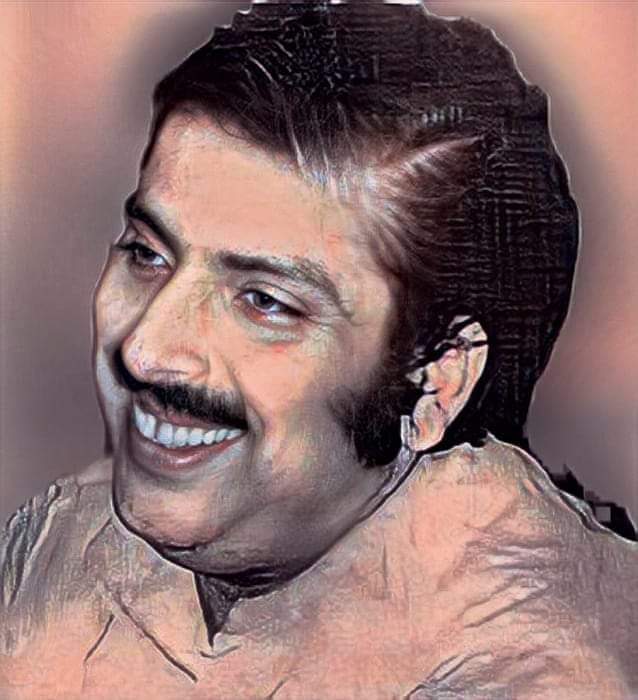
His short stories are the paragons of perfection in the form and the content. Technically his stories are extremely sound. They start without wasting even a single word.
By Vijesh Kumar
Naseem Kharal was the don of the Sindhi short stories. Though his work was confined to the very few books in the literature of the language but the qualitative work is of enormous importance as he added to the Sindhi short story what it direly needed during the time. He gave the aristocratic touch to the Sindhi short story of his time.
Naseem Kharal was born on the June 29, 1939 in Kharal village of Khairpur state. His father’s name was Haji Abdul Kareem. He received his degree from Sindh Muslim Law College Karachi. He came under the supervision and nourishment of able teachers like Ayaz Qadri and Professor Ghulam Mustafa Shah. Ayaz Qadri took him to the literary circle of Sindh, Sindhi Adabi Sangat Karachi and he presented his short stories there and rose as a perfect short story writer of the age. He was the staunch follower of the art for life’s sake. He believed in the social function of the writer in the society.
Besides being a short story writer he was the essayist of high acclaim and he also wrote plays and had written a play under the name of Boi.
His short stories are the paragons of perfection in the form and the content. Technically his stories are extremely sound. They start without wasting even a single word. The plots of the stories are well knit sparing from the unnecessary digressions and the characters are taken from life and are real characters.
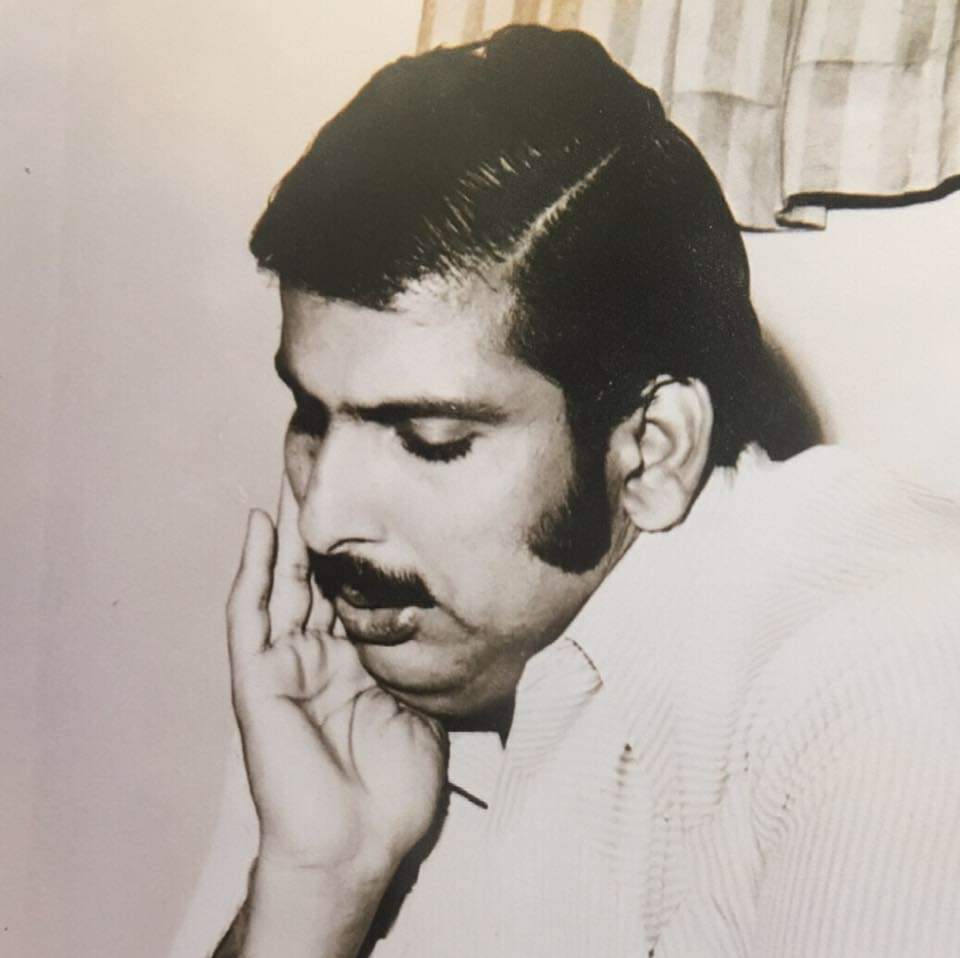 The dialogues of the stories are very impressive and made permanent effect on the readers. The dialogues of his story are so majestic that they have been remembered by the people by heart. The events taken by him as the subject matter of his short stories are the events of the common man and of the elite.
The dialogues of the stories are very impressive and made permanent effect on the readers. The dialogues of his story are so majestic that they have been remembered by the people by heart. The events taken by him as the subject matter of his short stories are the events of the common man and of the elite.
Realism emerges from every line of his writing. The characters, the dialogues and the events are very real to life. He goes deep into his characters and when he returns he presents that in a way that they appear to be living. His acute observation in the elites of the society and coming up with the majestic art of vivid presentation endears him among the men of letters and brings him to the front rank of the writers par excellence. He in his short stories has pointed out the flaws and the drawbacks in the elite of the society and the way he expresses his characters and the delivery of the dialogues make him the notable short story writer of the age. He is called the writer of the outer layer of the skin as the great writer Abdul Qadir Junejo put it.
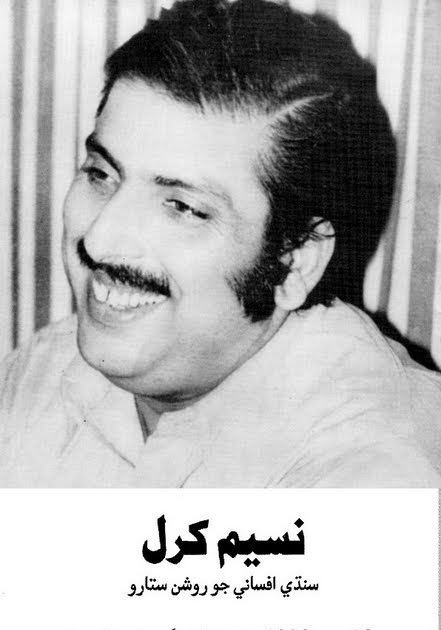 His characters are taken from the common man and the elite of the society. Being the part of the elite and agricultural family he has very minutely observed the flaws and the follies in the elite and presented them in the most majestic way. His short stories are short in length but convey the massive message in them, the core essence of short story.
His characters are taken from the common man and the elite of the society. Being the part of the elite and agricultural family he has very minutely observed the flaws and the follies in the elite and presented them in the most majestic way. His short stories are short in length but convey the massive message in them, the core essence of short story.
He added the feudal touch to the story of his time and gave the feudal version of society in Sindhi literature.
Kafar is one of the widely read and adored short stories of the writer. The plot of the story revolves around the newly convert non-Muslim into the fold of Islam. The protagonist of the story Seetal Odd converts into Islam and performs the religious rituals enthusiastically and after the incidents when he comes to know that if his wife dies no one will be ready to get his daughter married with him and he reconverts.
The short story is famous for its realistic description, the settings, dialogues and flow of the events. The short story has attained the acclaim from all walks of the life and has been translated in many languages of the world. Whenever he speaks through any character it seems that the same psychology and same people speak which show depth of his acute observation and the art of presentation. He becomes the religious cleric as he speaks through the mouth of a cleric and whenever he speaks through the mouth of Mukhi he uses the typical diction being used by them. The jargon goes on changing as he switches from characters to the characters.
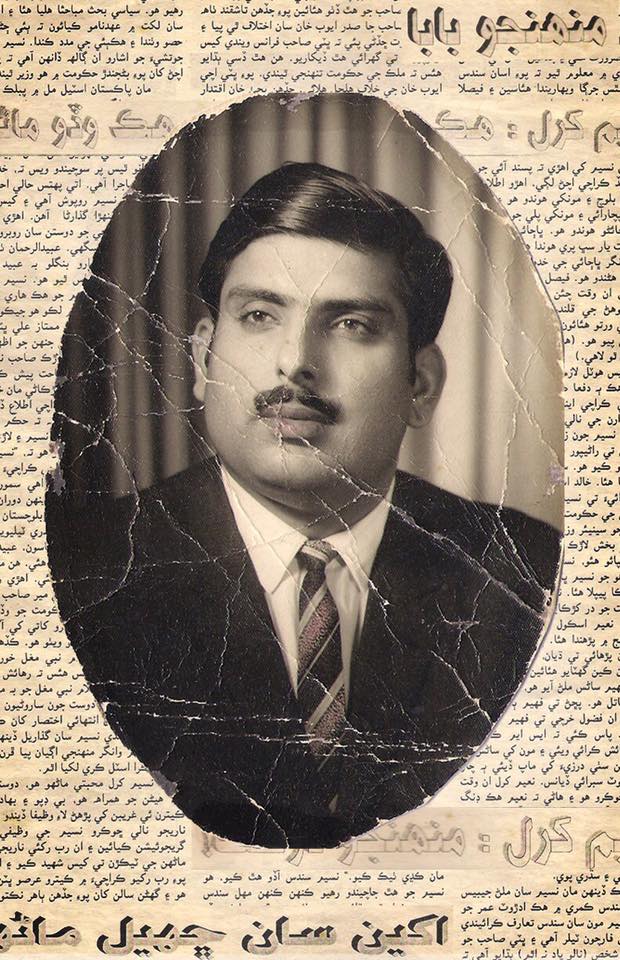 His short story Mujawar, very beautifully portrays the contrast between what the common man does and what is done under the nose of the government by the so called elite. The first was labeled as the pinnacle of immorality whereas the other was wrapped in the cover of culture spending the massive economy under the lap of culture. The story spins around an Otaro, the meeting place of the intoxicated being banned by the commissioner on the request of a pious man who deemed music and other practices as un-Islamic and they disturb the tranquility of the neighbors and on the same place same activities are being carried out but the pattern and name were changed and people speak very high of the commissioner for doing something whole heartedly for the recreation of the citizens. The story again shows the artistic perfection of the writer who succeeds in maintaining the curiosity throughout the story from the beginning till the end. There are no digressions and there is nothing that can mar the consistency and obstruct the flow of the events. The sense of what next prevails throughout the story.
His short story Mujawar, very beautifully portrays the contrast between what the common man does and what is done under the nose of the government by the so called elite. The first was labeled as the pinnacle of immorality whereas the other was wrapped in the cover of culture spending the massive economy under the lap of culture. The story spins around an Otaro, the meeting place of the intoxicated being banned by the commissioner on the request of a pious man who deemed music and other practices as un-Islamic and they disturb the tranquility of the neighbors and on the same place same activities are being carried out but the pattern and name were changed and people speak very high of the commissioner for doing something whole heartedly for the recreation of the citizens. The story again shows the artistic perfection of the writer who succeeds in maintaining the curiosity throughout the story from the beginning till the end. There are no digressions and there is nothing that can mar the consistency and obstruct the flow of the events. The sense of what next prevails throughout the story.
In another short story Aathat he very beautifully and artistically describes the attitude and the deeds of a Sindhi Feudal and his assistant who happen to visit Lahore in order to get the permission of sowing rice in the field. The story vey artistically and realistically portrays the helplessness of the feudal who is all in all in the village. The assistant is surprised by the majesty of city and the after witnessing myriads of the triumphs and tribulations and the cold shoulder given to them even by the peon and abused by the officer concerned they ended in enjoying the physical luxury in the hotel room.
He also touched the very sensitive topic of the day which many Sindhi writers dare not to try their pen on. His short story Current deals with the sex. The story revolves around an elite family whose son returns from abroad after spending many years. He falls victim of the beauty of a neighbor girl Khadija who belongs to the lower middle class orthodox Muslim family. His mother objects the match citing her father is an orthodox and keeps beard and they cannot go with the customs of the elite family but on the insistence of her son she agrees and the girl’s parents agree on the conditions that the marriage rituals will be observed as per Islamic spirits and there would be no music and the nikkah will not be performed on stage. After the marriage European culture nurtured man expects the sex life patterned on the European lines but always gets disappointed as the girl sticks to the orthodox principles and prefers sex in the darkness and denying her husband to have access to her nudity. This conflict becomes daily routine on such one day the husband fights and sleeps and the story ends in the wife nude in the light and sticking her husband crossing all the borders she earlier had.
His story Daraul Fallah again depicts the real image of the city gentry who are cloaked under the gentlemen ship. The story depicts that the so called pious gentry are in fact real scoundrels who misuse the helpless for their personal gains.
A government servant of the lower rank finds a corpse of a young lady stuck in the 34th gate of Sukkur Barrage in his story 34th Door and goes to the concerned officers and then police one by one to report the event but they often keep on changing the position of corpse from 34th door to 36th and the give the reason that it is not their jurisdiction. When no one takes the responsibility he hands the corpse to the river at the mercy of God. This short story very sarcastically depicts the carelessness of the government official and the society and the red-tapism at large.
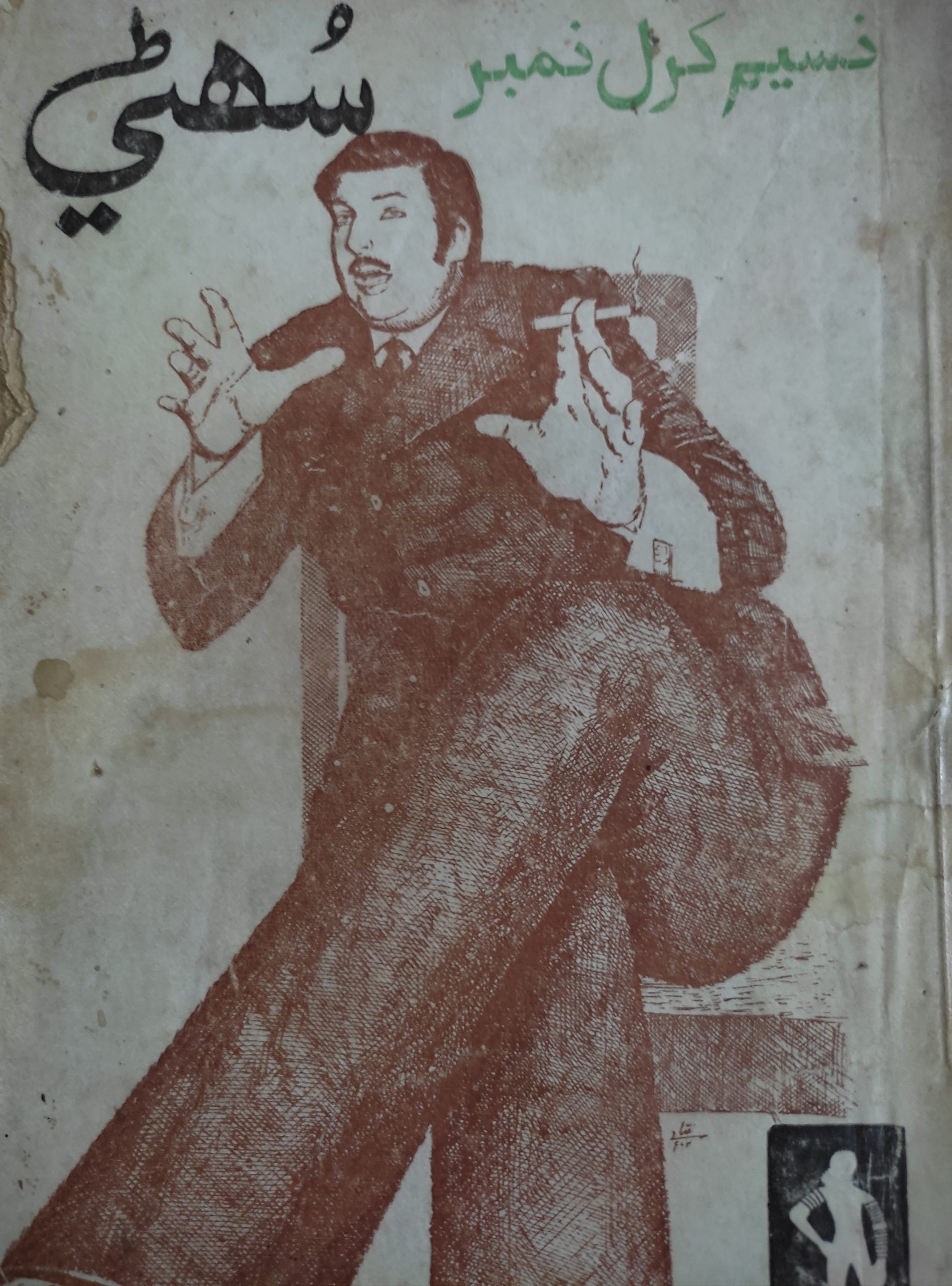
The diction that Naseem used in his stories is very close to the characters he has chosen and the settings. He has used the jargon as he has observed in them which make his stories appear real. He also uses the English phrases in his stories when he talks about the elite as it is common practice in them even today.
His short story Masawat, the equality, deals with the conversation between the SHO and the ranker SP who was given the task of targeting the students who were on strike for their demands. SHO feels reluctant to take any serious action against the students but the SP has already given his words so he tries to convince him to kill one or two students in an encounter. After going through the list when the SP and SHO see the students from powerful clans feel reluctant to go for the encounter. Both becomes very much happy when SHO reads the names Gopal Dass and Narain Das and they were murdered and the story ends in Son of SP asking his father the explanation of the phrase, “Berri men Wnaiyo Bhari” the Baniya, the trader(the name for Hindu business man is heavy in the boat.)”
The story represents the true picture of the treatment that the police do to the weak and feeble. They always fell victim to the undue wrath of the officer who could do nothing the powerful but never spares the weak.
Though the work of Naseem Kharal is short in quantity but he surpasses myriads of others in quality. He is called as the writer of the outer skin of human soul with no depth and insight but the fact is reverse when one skims through his short stories one feels his complete grip and command over the psycho analysis of the characters.
_____________________
Courtesy: Literary Opinion – LitOp